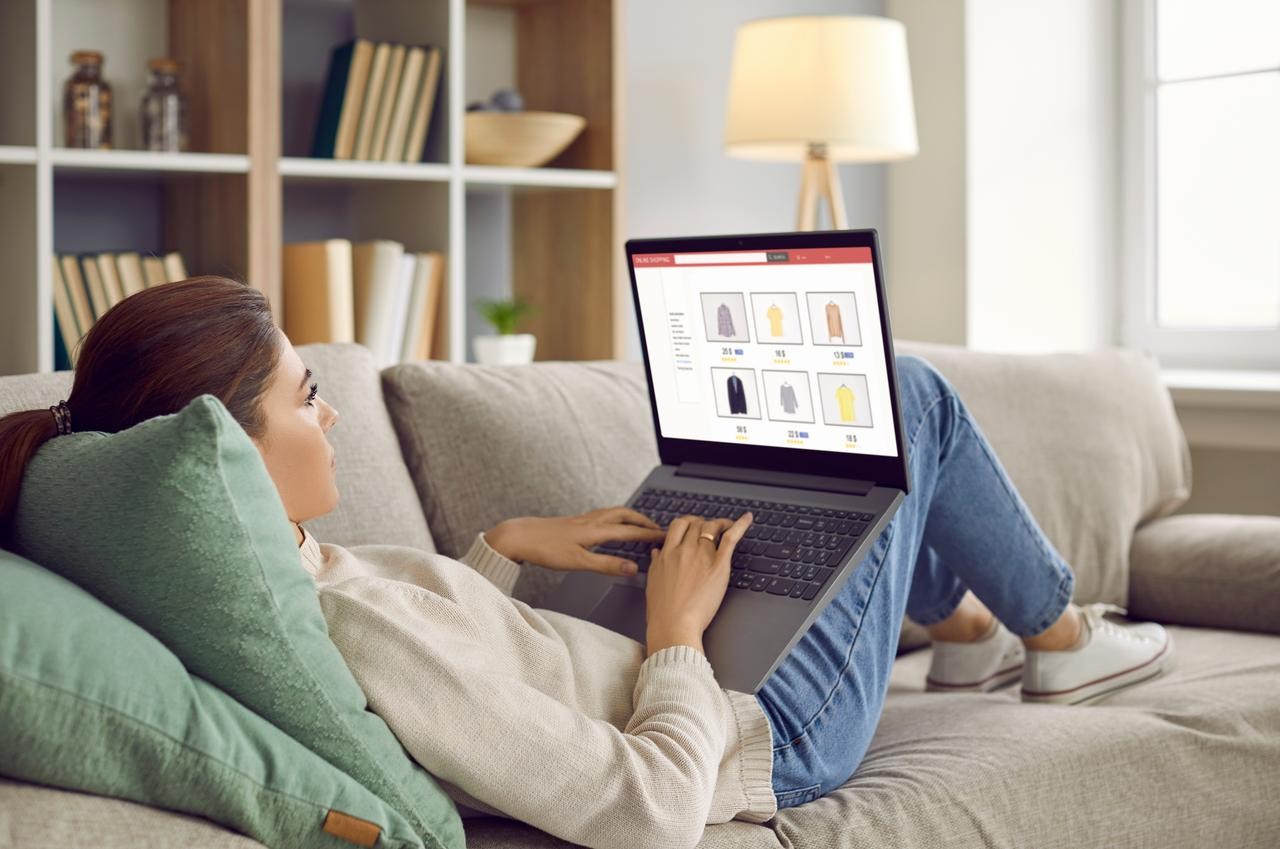Shopping online? This is how you can do it more sustainably!
With Black Friday and the holidays around the corner, the online shopping frenzy is leading to skyrocketing parcel orders in warehouses around the world. Are you expecting a parcel delivery as we speak? If so, did you consider the environmental impact that your online shopping behaviour might have (more specifically, the carbon footprint of a parcel’s logistics journey)?
If you do, you might be puzzled by the almost indecipherable complexity of it. However, the only way we can achieve the most sustainable solutions for e-commerce, is for consumers, brands and logistics service providers to work together. That’s why it is important to shed some light on e-commerce logistics.
We listed a few elements that environmentally conscious shoppers can take into account when purchasing items online, in the hope that it may inspire them to adopt more eco-friendly practices – and at the same time show how logistics can support brands in becoming more sustainable too.
Are you mindful about returns?
On average, 30% of items purchased online are returned versus only around 8% of items bought in a physical store. What’s more, research shows that the vast majority of online shoppers want free return shipping and are reluctant to purchase from an online shop that charges returns. However, online shoppers have to bear in mind that their returns not only put a logistical and financial burden on the seller and their logistics partner but also have a sustainability implication.

Consumers should be educated about the environmental impact of their return that not just leads to unnecessary greenhouse gas emissions; but also may lead to additional waste in the landfill. After all, returns are not always resold, recycled or repurposed. So, as an online shopper especially when buying fashion, try to avoid giant purchases for the sake of trying things on of which you know you’ll likely have to ship part of it back.
As a response to the issue of the high return rate in the fashion segment, the circular economy practice of ‘recommerce’ market is gaining ground. As Value Added Services for several e-commerce customers, Kuehne+Nagel's teams carefully check, clean and categorize all returns to either put them back in stock if they are in perfect condition, or put them aside for resale at a cheaper price (the latter would constitute ‘recommerce’). A nice example is the launch earlier this year of ‘Onward’, a resale site of the Swiss performance sportswear brand On Running.
However, some returned items are in a too deteriorated condition to be repurposed, and not all customers can afford to instate repurposing programmes for their returns. As an online shopper, the environmentally conscious thing to do therefore it to be mindful about returns… and to consider the recommerce market!
Do you consider the ‘packaging practices’ of your seller?
A study on European Consumer Packaging Perceptions by Hitchin and Bitterman in 2018 showed that 77% of all respondents are willing to pay extra for packaging that has less impact on the environment. How can brands play into that preference? To play into that preference, brands can educate their customers on sustainable packaging and identify themselves with eco-friendly packages practices. For example, parcels that arrive with non-recyclable materials from fossil-based materials (like plastic), have the biggest ecological impact. But there are many other factors to be considered.

Kuehne+Nagel’s workstream on sustainable packaging helps customers in their transition to more eco-friendly packaging. Among others, by looking into biodegradable ‘plastics’ for packing and so-called ‘void filling’ (i.e. material inside of the parcel box to protect the product during shipping). Carton is also more sustainable, although this comes with a side note: it needs to be put in the right recycling bin by the consumer as carton packaging that is not recused or recycled might even have a bigger ecological impact than plastic.
The Kuehne+Nagel teams also research economically viable options for customers to prevent ‘empty air’ (through oversized boxes). Overpacking leads to fewer parcels fitting in the delivery vans, hence increasing the transportation’s CO2e footprint per parcel. For a toy manufacturing customer, the team just introduced a machine that folds the height and width of parcel boxes to match the dimensions of its content to prevent empty air. Overall, the team analyzed 160 packaging processes resulting in an average plastic saving of 35.21% per operation and an average CO2e saving of 37.73% per operation.
Do you have your parcel delivered to your home, or a click-and-collect point?

Parcel home delivery: convenient for you, but not so much for the environment! Research points out that “with no interventions, we can expect a 32% jump in carbon emissions from urban delivery traffic by 2030.” The scenario can be tipped in the favor of the planet, however, if more online shoppers opt to pick up their parcel in a nearby automated lockers or click-and-collect point. In sum, the parcel would travel the same distance, but if the collector takes the bicycle or drops by on their way to work (a trip that they would have done anyway), the environment benefits a great deal.
Impressively, the Accenture report quoted above, calculated that last-mile emissions could be reduced between 17 and 26% by 2025 through collection points. Therefore, as an online shopper, your choice of delivery location matters a great deal!
Latest news
With more than 80,000 employees at over 1,300 sites in over 100 countries, the Kuehne+Nagel Group is one of the world's leading logistics providers. It operates in sea logistics, air logistics, road logistics and contract logistics, with a clear focus on integrated logistics solutions.


